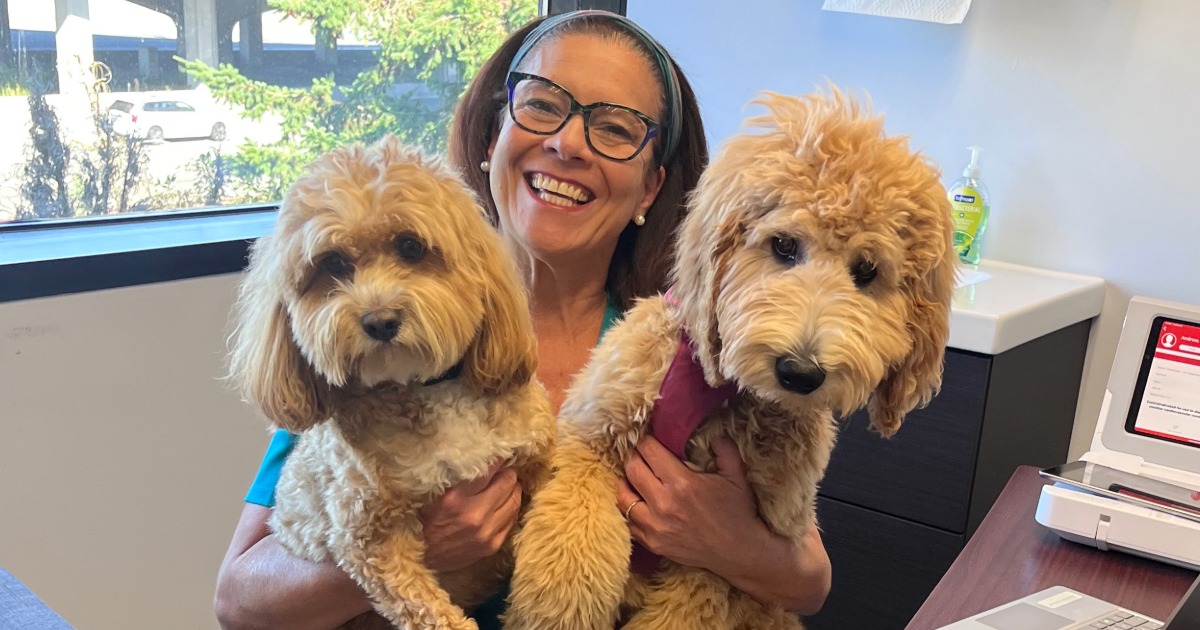Regional Extension Centers (RECs) and health information exchange (HIE) initiatives share a common purpose: enabling the exchange of patient information to improve health outcomes and care quality. Their individual goals and objectives are also complementary. RECs support physicians in the selection, implementation and use of electronic health records (EHRs), while HIEs provide the infrastructure across which the information collected by those EHRs can be exchanged.
Yet in our work with RECs and HIEs nationwide, we have not seen consistent levels of meaningful coordination of efforts between the two. In fact, we’ve encountered areas where the REC and the HIE seem to be competing — a situation that is both confusing and counterproductive.
[Cover story: ICD-10's ten-year reign of fear.]
By setting aside perceived competition and working in concert, these entities could leverage their common goals to overcome barriers and more efficiently achieve their individual and shared purposes and objectives.
When RECs and HIEs collaborate, everyone wins. Providers benefit from the assistance they receive in qualifying for the meaningful use incentives. The REC and HIE benefit by more efficiently using their scarce resources to achieve their goals. In fact, the REC and HIE actually need each other to fully achieve their goals.
Shared Challenges
Just as RECs and HIEs share a common purpose, they also share common obstacles that can prevent them from achieving their objectives. One of the most daunting may be the mandates to maintain federal funding set by the Office of the National Coordinator for Health Information Technology (ONC). Specifically, RECs and HIEs must become self-sustaining in a relatively short period of time.
Under the Health Information Technology for Economic and Clinical Health (HITECH) Act, $643 million was allocated to support a nationwide system of RECs in assisting a minimum of 100,000 primary care providers with implementing and achieving meaningful use of EHRs. Thus far, 62 RECs have been established, each of which is required to assist at least 1,000 providers or 20 percent of their region within the first two years. And while a study by the eHealth Initiative released in July found that RECs have successfully enrolled the majority of the 100,000 physicians, the number of providers is just one objective. They must also be able to demonstrate sustainability.
[Q&A: Taking a radiology practice from no IT to HIE -- and with ROI.]
HIEs receiving federal funding under the State HIE Cooperative Agreement Program find themselves in a similar situation. The ONC awarded $548 million to 56 states and territories as part of the program to jumpstart state-level HIE efforts. As part of their funding requirements, states must develop capabilities in five domains (governance, finance, technical infrastructure, business and technical operations, and legal/policy), as well as establish multi-stakeholder support and oversight of private sector initiatives. At the end of the first two years of operations, a deadline that is quickly approaching for many, initiatives are required to measure the effectiveness of and report progress toward these defined objectives. Failure to do so could jeopardize ongoing funding.
RECs and HIEs share the challenge of engaging stakeholder support and obtaining the level of provider participation necessary to comply with their individual funding mandates. Added to that, stakeholder engagement and participation are critically important for long-term sustainability. Establishing sustainable business models is resource-intensive — and resources are limited. What to do?
Part of the solution lies in discovering ways these entities can work together to leverage their resources as they work toward common goals.
A Collaborative Approach
Stakeholder engagement and participation is a critical success factor for both RECs and HIEs. This is a great opportunity for collaboration. Because both entities exist to enable providers to achieve meaningful use, they are like two sides of the same coin. The REC works directly with providers to modify processes and implement technology for electronic sharing of information while the HIE provides the underlying infrastructure and capabilities necessary for the efficient, secure exchange of that information.
Both entities need to recruit providers, sometimes the same providers. Thus, it may be tempting for them to slip into a competitive mindset. However, we believe that taking a competitive stance will backfire.
If RECs and HIEs compete for provider mindshare — each coming with their separate educational materials, separate sales pitches and individual requests for time and participation — providers may quickly become overwhelmed, assume that neither has clear objectives and decide not to become involved. The end result is wasted opportunity and resources.
[See also: The 5 roadblocks HIEs face. And Q&A: On the trials and tribulations of unlocking patient data.]
When RECs and HIEs work together, they find many opportunities to collaborate, such as outreach activities including joint promotions and joint education sessions. They can align their communications to create a single information source for providers. Providers get one-stop shopping so that, regardless of whether they contact the REC or the HIE, their questions will be answered. This collaboration gives the providers a sense that any invested time will be of value to them.
RECs and HIEs can also combine resources to ensure that physicians who move forward with EHR adoption are also HIE-ready. We have seen areas where RECs and HIEs coordinate their prospect lists, sharing information on providers and even making “referrals” to each other. RECs and HIEs willing to establish a mutual referral process are ensuring that they are putting their customers’ (providers and patients) interests first. This is the right thing to do and will pay off for the RECs and HIEs in terms of provider satisfaction — a necessary factor in their sustainability.
Ultimately, RECs and HIEs must avoid operating in a vacuum and instead strive to work collaboratively. We have a once-in-a-generation opportunity to improve healthcare quality and outcomes in this country. We should maximize our results by working together.
Laura Kolkman, RN, MS, FHIMSS, is founder and president of Mosaica Partners, a nationally recognized HIE consulting firm, and co-author of The Health Information Exchange Formation Guide — The authoritative guide for planning and forming an HIE in your state, region or community.


